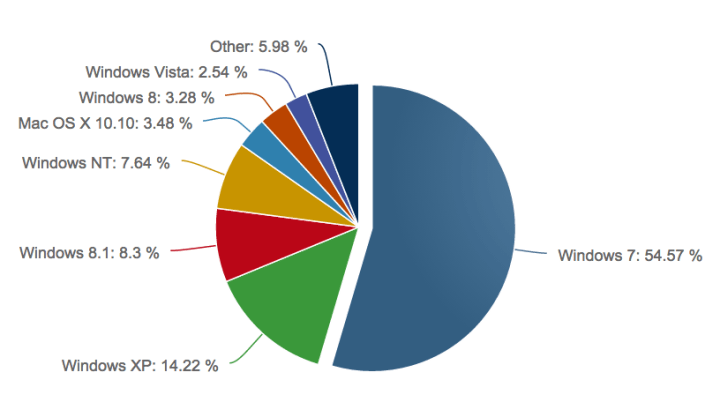Microsoft’s first glimpse of Windows 10 suggests many areas which may impact IT departments in the future. A recent survey found that 80% of large enterprises and 71% of businesses plan to migrate to the new OS in the next 18 months, suggesting that it will be even more popular than Windows 7, which still commands a very large market share, particularly in enterprises.

Better usability via new, advanced Start Menu, better windows and desktop management (e.g. task viewer), seamless integration (windowing) of new “metro” apps, and so on.Microsoft has made it also very clear that a major focus of Windows 10 is the business users:
- Better/faster/more secure browsing experience (Edge)
- Cross device familiarity and universal apps – this is very important for larger organizations. The ability to run and manage different form-factors with the same OS will accelerate mobile adoption in enterprise
- Enterprise apps can be built “once” and deployed (optimized) for all devices (although it is not that easy) – all supported via a central, unified App Store.
- Extended Mobile management
- Voice Recognition – Smart Assistance: Cortana can be a change agent of how consumer interact with the desktop PC. Voice recognitions and machine learning will enable new and innovative scenarios
- Lowering Cost of ownership
- Security improvements / Support of two factor authentication
Windows 10 promises to deliver advanced security and management capabilities along with ongoing innovation and security updates for businesses of all sizes. These new capabilities will deliver a host of benefits to organizations, enabling them to make key enhancements across their IT landscape and maximize ROI.
Add Comment